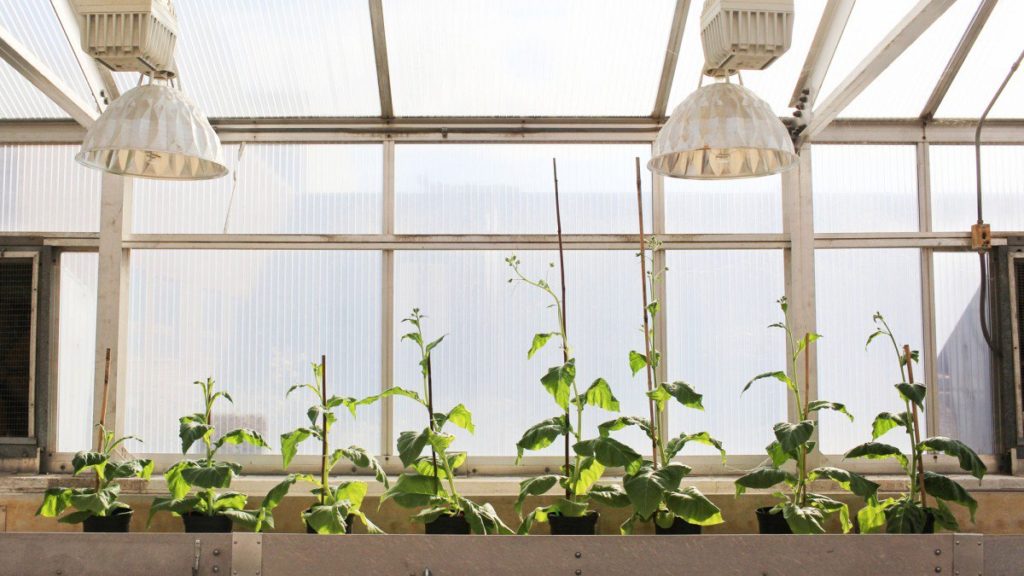
Artificial Intelligence (AI) has witnessed a transformative phase with the introduction of large language models (LLMs) like ChatGPT and Bard. These models have revolutionized AI for language processing and problem-solving. However, the next frontier for AI lies in robotics. Building AI-powered robots that can learn to interact with the physical world has the potential to enhance various industries, from logistics and manufacturing to healthcare and agriculture. In this article, we will explore the parallels between the success of LLMs in language processing and the upcoming era of AI-powered robotics.
Building on the Success of GPT.
To understand how to build the next generation of robotics using the principles that made LLMs successful, we need to look at the core pillars of their achievements.
- Foundation Model Approach: The concept of foundation models, as seen in GPT, focuses on training a single AI model on a vast and diverse dataset. Unlike previous approaches where specific AI models were created for distinct tasks, a foundation model can be universally utilized. This general model performs well across multiple tasks and leverages learnings from various domains, improving its performance overall.
- Training on a Large Proprietary and High-Quality Dataset: The success of LLMs can be attributed to training them on large and diverse datasets. In the case of GPT, the models were trained on a wide range of data sources, including books, news articles, social media posts, and more. The high-quality dataset, informed by user preferences and helpful answers, has been instrumental in achieving unprecedented performance.
- Role of Reinforcement Learning (RL): Reinforcement learning, combined with human feedback, plays a crucial role in fine-tuning and aligning the AI model’s responses with human preferences. GPT utilizes reinforcement learning from human feedback (RLHF) to enhance its capabilities. This approach allows the model to move towards its goal through trial and error, achieving human-level capabilities through learning from human feedback.
Applying GPT Principles to Robotics
The foundation model approach, training on a large proprietary dataset, and incorporating reinforcement learning have paved the way for the development of AI-powered robots. Just as GPT models can process text and images, robots equipped with foundation models can understand their physical surroundings, make informed decisions, and adapt their actions to changing circumstances.
- Revamping Robotics: Exploring New Frontiers with Advanced Techniques:Similar to language models, applying the foundation model approach to robotics enables the development of one AI model that works across multiple tasks in the physical world. This shift allows the AI to respond better to edge-case scenarios and achieve human-level autonomy. Training on a diverse dataset collected from real-world interactions is essential for teaching robots how to navigate and operate effectively.
- Harnessing the Power of Training on Etensive, Exclisive, and High-Quality Datasets: Unlike language or image processing, there is no preexisting dataset that represents how robots should interact with the physical world. Consequently, training robots to learn from real-world physical interactions is difficult, but crucial. Deploying a fleet of robots in production environments becomes necessary to gather the data needed for training comprehensive robotics models.
- Empowering Robots throught the Role of Reinforcement Learning: In robotics, as in language processing, pure supervised learning is insufficient. Robotic control and manipulation require reinforcement learning (RL) to seek progress toward goals without a unique correct answer. Deep reinforcement learning (deep RL) enables robots to adapt, learn, and improve their skills as they encounter new scenarios and challenges.
The Future of AI Robotics
The combination of these principles and advancements in AI and robotics sets the stage for a revolution in the field. The growth trajectory of robotic foundation models is rapidly accelerating. Already, applications such as precise object manipulation in real-world production environments are being deployed commercially. In the coming years, we can expect to see an exponential increase in commercially viable robotic applications across various industries.
Conclusion
The GPT moment for AI robotics is on the horizon. By leveraging the foundation model approach, training on large datasets, and incorporating reinforcement learning, AI-powered robots are poised to transform industries by enhancing repetitive tasks and adapting to dynamic physical environments. As we enter this new era of AI robotics, the possibilities for automation and efficiencies in the physical world are vast and promising.
Links worth visiting:
Role of Artificial Intelligence and Machine Learning in Robotics
AI in Robotics: 6 Groundbreaking Applications
Sources:
The article was written using Copy.ai and based on a TechCrunch article










